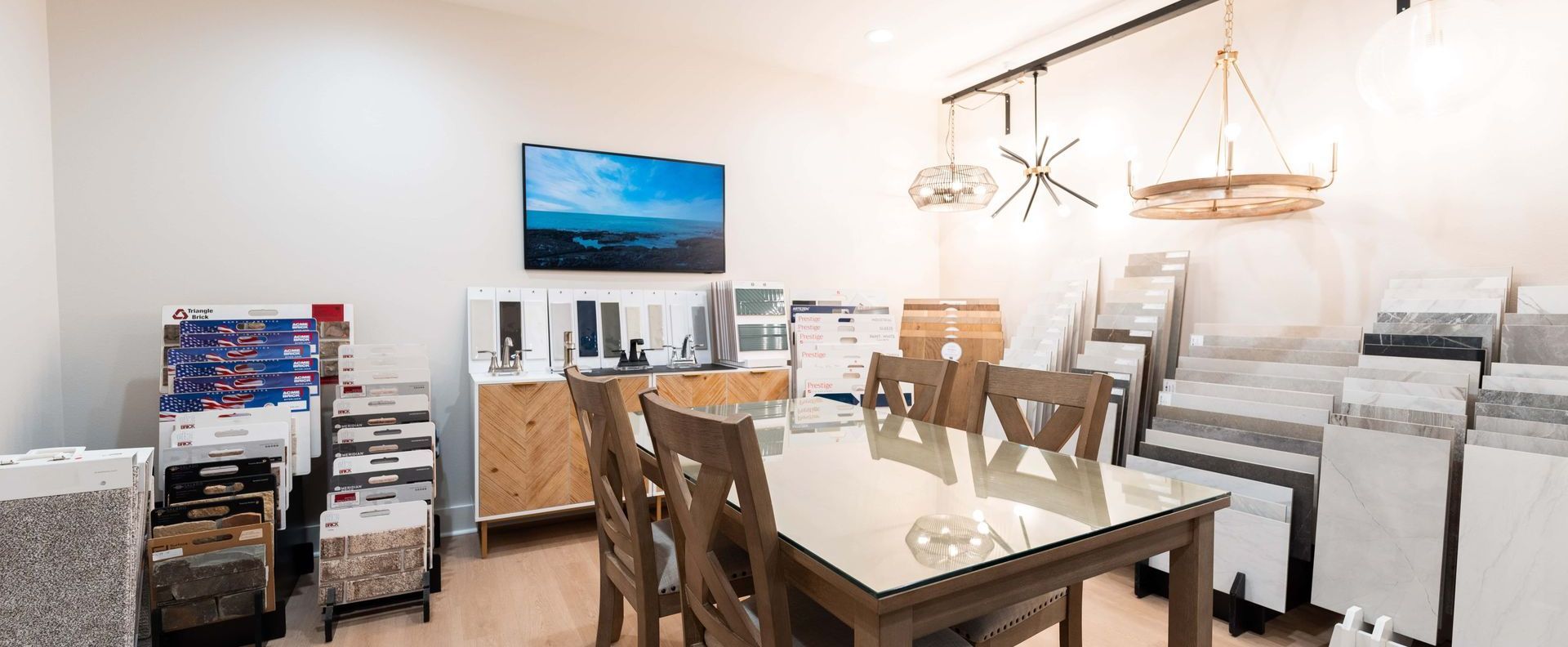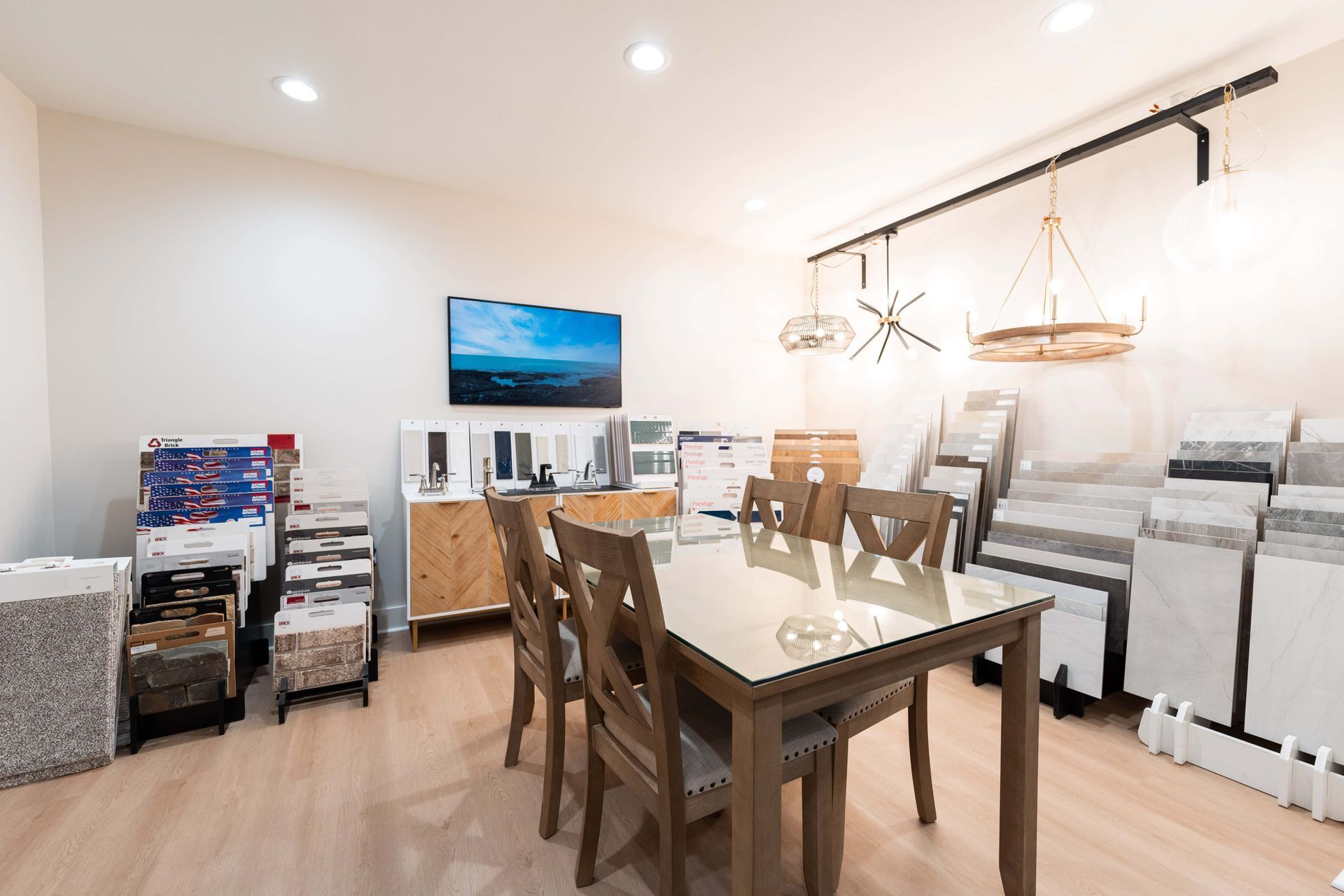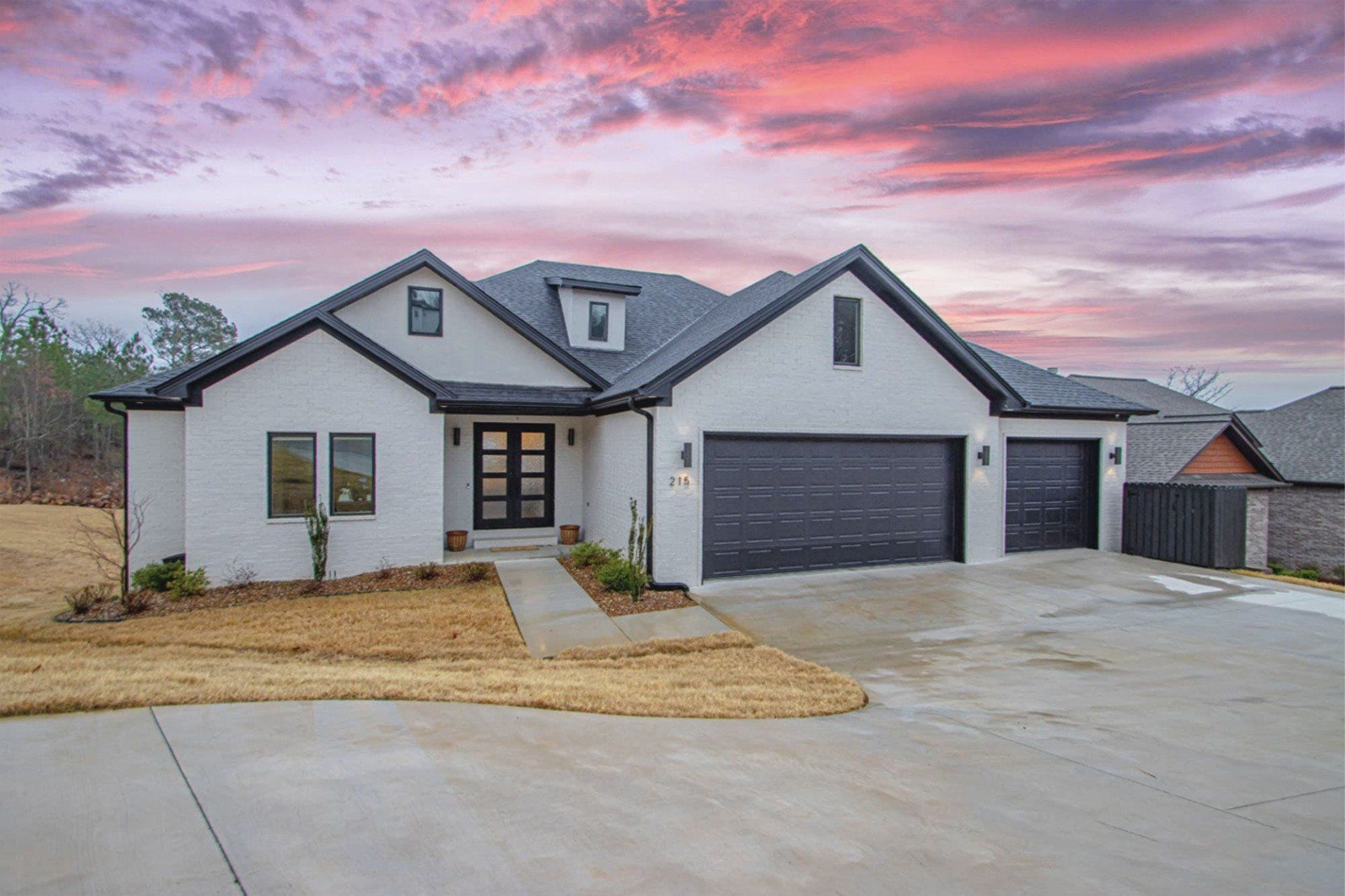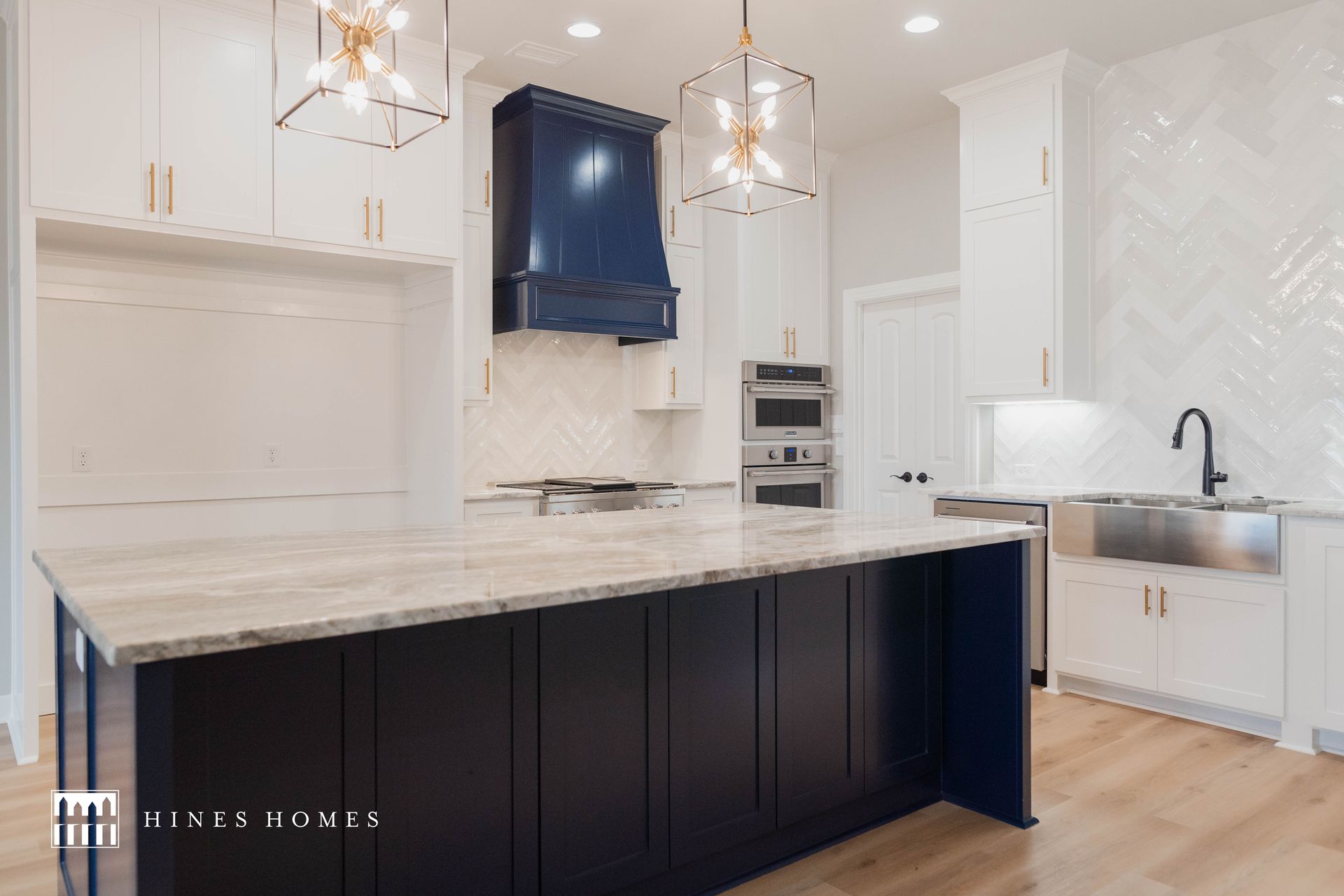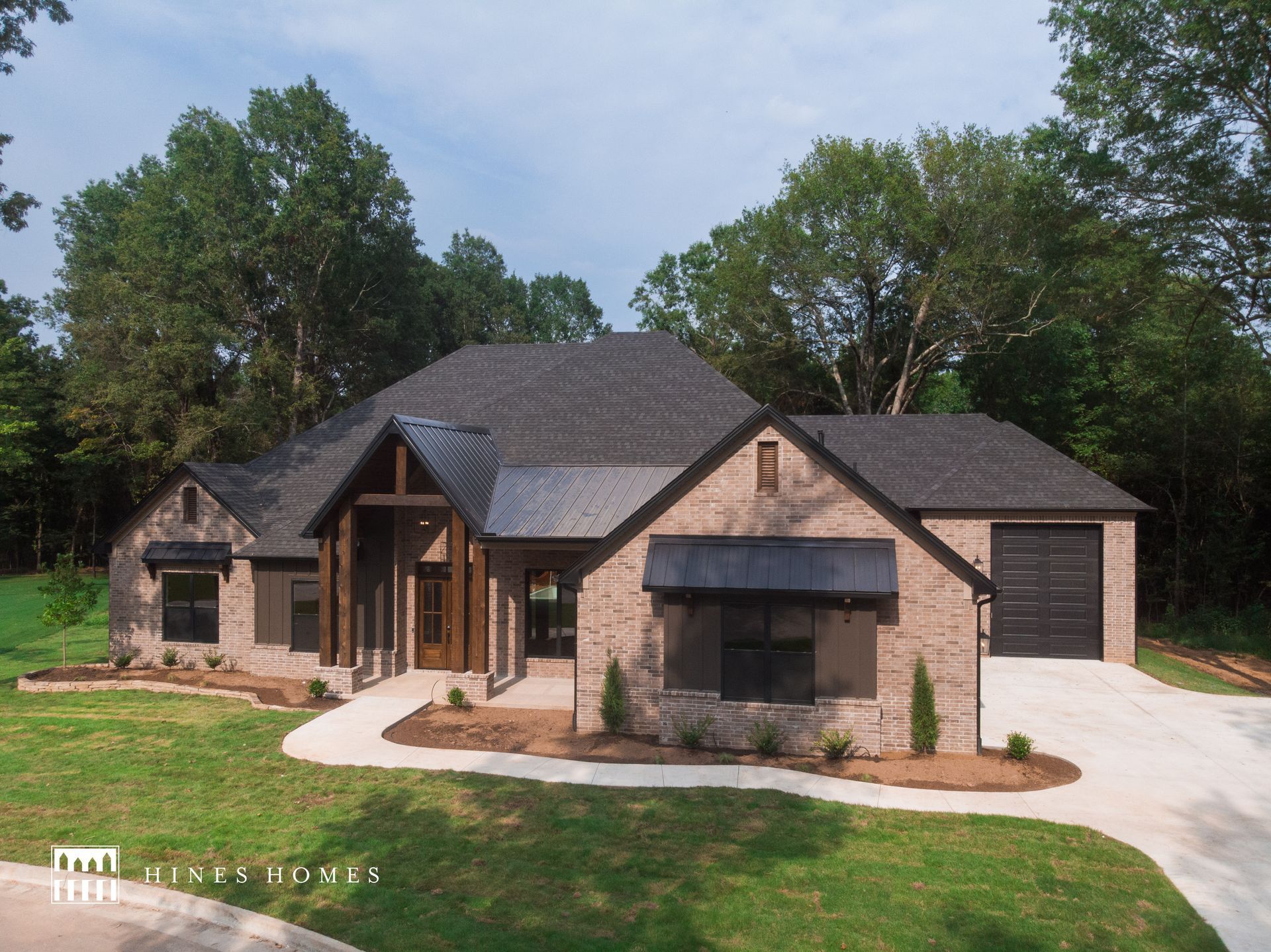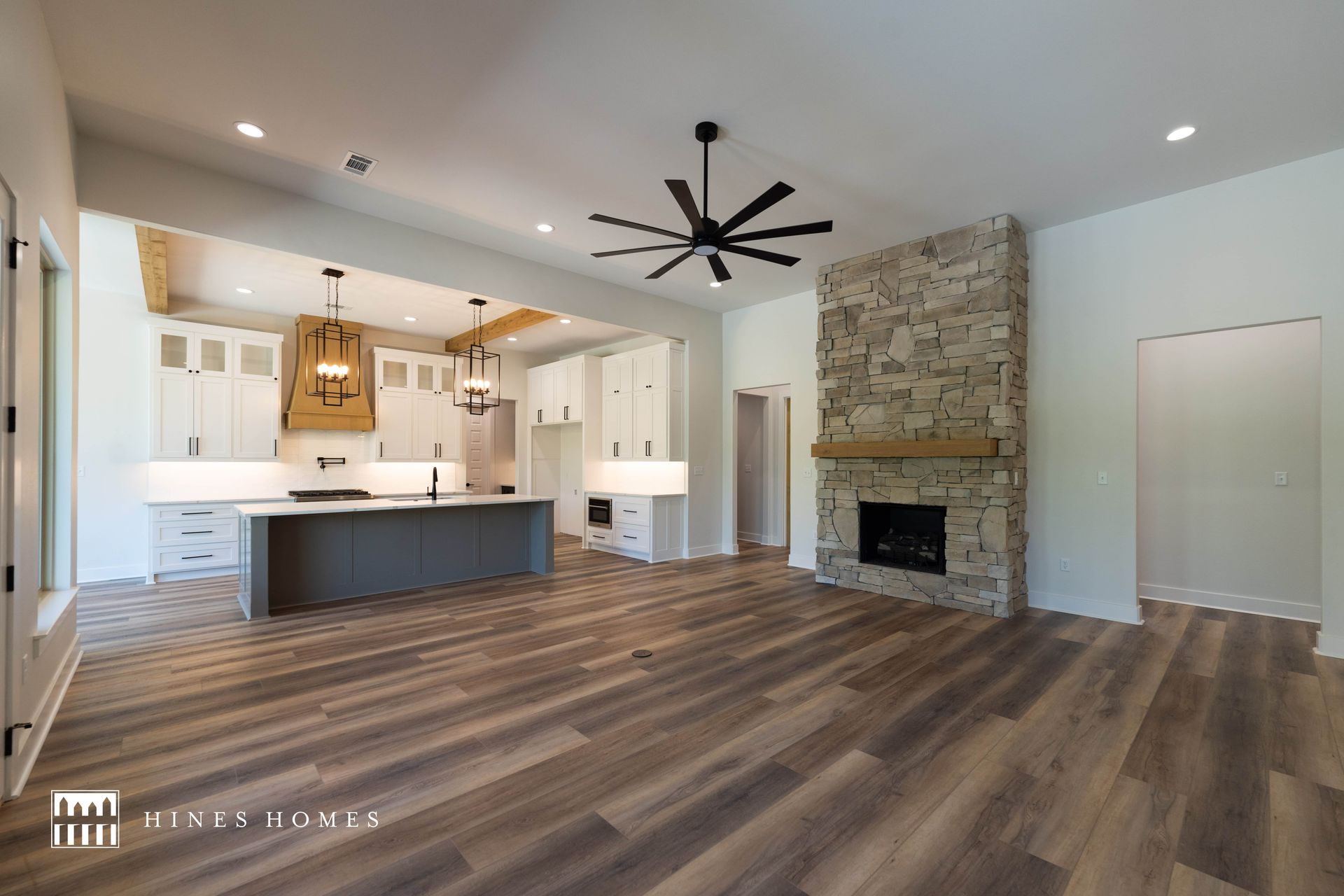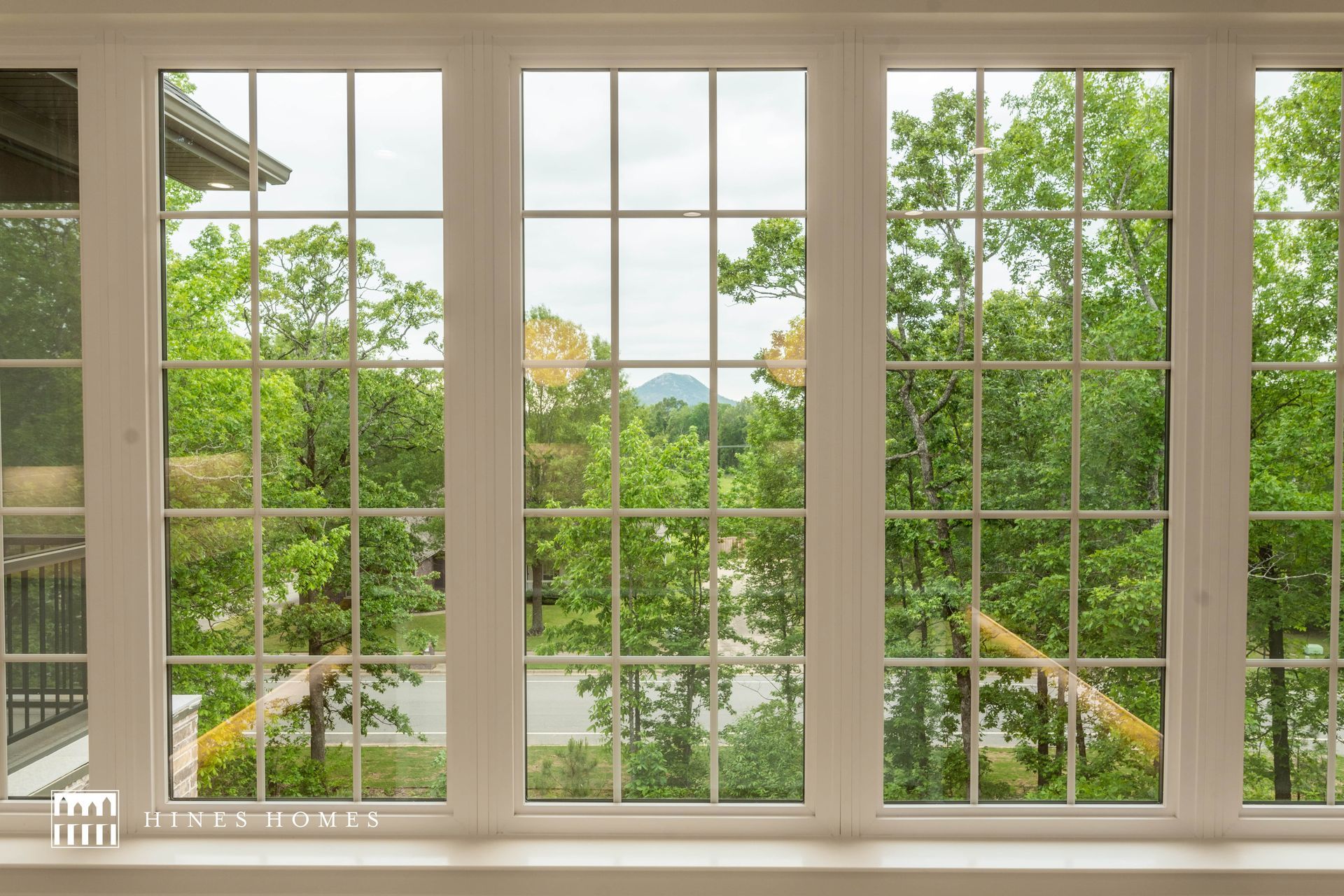Why Custom? The Advantages of a Custom-Built Home
Building your dream home is one of the most significant investments ever. While buying an existing home may seem convenient, opting for a custom-built home offers unparalleled benefits that can make all the difference in your living experience. Here are the top advantages of choosing a custom-built home:
1. Design Your Dream Home from the Ground Up
One of the most significant advantages of a custom-built home is the ability to design every aspect to suit your specific needs and style. From the layout of rooms to the choice of materials, colors, and finishes, a custom home lets you create a space that reflects your taste and lifestyle. The design possibilities are endless, whether you want an open-concept kitchen, a dedicated home office, or a spa-like bathroom. This level of customization ensures that every corner of your home fits your vision perfectly.
2. Quality Construction and Materials
With a custom-built home, you have complete control over the quality of the materials and craftsmanship used. You can select the highest quality flooring, countertops, insulation, and more, ensuring your home is built to last. This attention to quality can also save you money in the long run by reducing maintenance costs and improving energy efficiency.
3. Energy Efficiency and Sustainability
Custom homes offer the opportunity to incorporate the latest energy-efficient technologies and sustainable building practices. From energy-efficient windows and appliances to smart home systems, you can design a home that reduces your carbon footprint while saving on utility bills. Green building practices help the environment and can enhance your comfort with better insulation, air quality, and temperature control throughout the year.
4. Tailored to Your Family's Needs
Unlike a traditional home that may require renovations or adjustments to fit your lifestyle, a custom home is built specifically for you. If you have a growing family, need a home office, or require accessible features, a custom home allows you to design a space that meets your current and future needs. You can prioritize the spaces that matter most—a spacious kitchen for family gatherings, a large backyard for children to play, or extra bedrooms for extended family. Custom homes allow you to design a floor plan that fits how you live rather than trying to adapt an existing home to your needs.
5. Long-Term Value and Investment
A custom home can be a more long-term investment than buying an existing property. You'll likely avoid costly repairs and renovations since you control the materials, design, and construction process. A custom-built home is also typically more energy-efficient, which means lower utility bills and maintenance costs over time. Moreover, a custom home's design can be tailored to appeal to future buyers, increasing its market value. Because you're creating something unique, your home has the potential to stand out in the market and retain its value for years to come.
6. Personalization and Unique Features
A custom home offers the chance to include unique features that aren't typically found in mass-produced houses. Whether it's a hidden pantry, a home theater, a bigger deck, or a custom-built fireplace, you can include special touches that match your interests and lifestyle. When selling, these personalized features make your home more enjoyable and can increase its value and appeal.
7. No Compromise on Location
With a custom-built home, you can choose the location that best suits your needs—whether it's a quiet suburban neighborhood, a scenic lot with mountain views, or a location closer to work or family. You're not limited by the existing homes available in the market, so you can select a plot of land that perfectly matches your preferences.
Building a custom home offers numerous advantages, from design flexibility and quality construction to energy efficiency and long-term value. With a custom home, you're not just getting a house—creating a space that perfectly fits your needs, preferences, and lifestyle.

Share
